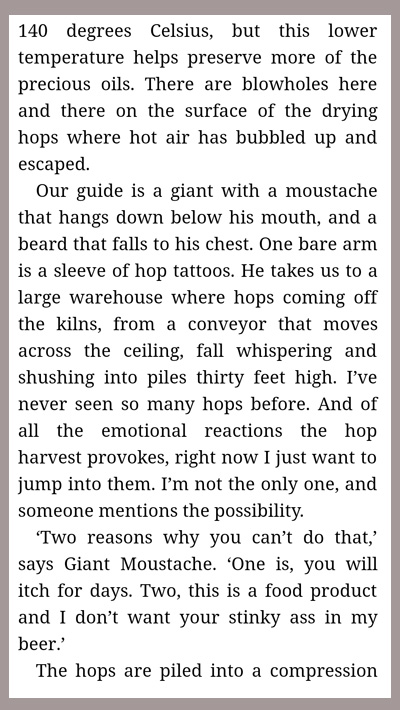
I was already thinking about the speed at which beer seems to be barreling ahead when this tweet from Stephen Beaumont showed up in my Twitter feed early (he’s in Italy) yesterday. The reason being that I’ve just finished reading Fal Allen’s Gose: Brewing a Classic German Beer For The Modern Era. Allen had never heard of the style months before Anderson Valley Brewing made its first one in July 2013. Now he’s written a book about it that fills 221 pages.
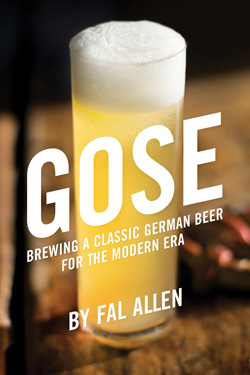 That he knew nothing of it is a bit humbling, given that it one of the “wheat beers from the past” I wrote about in Brewing With Wheat, which was published in 2010. Later that year I provided a “how to” guide on how to brew a gose for The New Brewer, the magazine for members of the Brewers Association. The point was that gose was a oddity. Now it is everywhere and includes beers that go well beyond your basic sour German ale with a bit of salt and coriander.
That he knew nothing of it is a bit humbling, given that it one of the “wheat beers from the past” I wrote about in Brewing With Wheat, which was published in 2010. Later that year I provided a “how to” guide on how to brew a gose for The New Brewer, the magazine for members of the Brewers Association. The point was that gose was a oddity. Now it is everywhere and includes beers that go well beyond your basic sour German ale with a bit of salt and coriander.
This allows Allen to dig into the history of the beer — yes, I’m jealous — while, as the title suggests, also placing it in a modern context. Are you drinking gose, and a lot of people are, and want to know all about it? This is a book for you. Want to learn everything about how to brew it from somebody who is really good at it. Again, the book for you.
One example. Goslar, where there style originated, was once a brewing center, with 300 breweries in 1500. As Allen writes, the gose origin story “has it that the salinity of gose once came from the mineral-laden water of the Gose river.” Later, as beers from Goslar gained in popularity other brewers added salt to emulate their character.
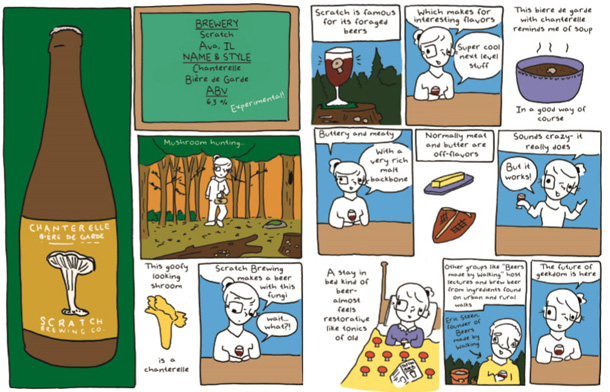
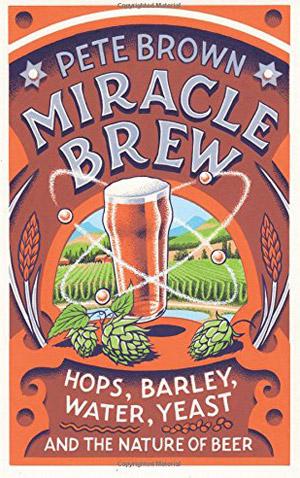
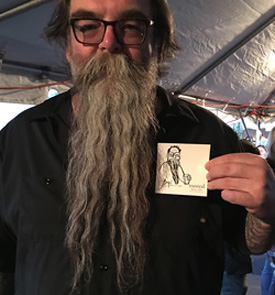 I apologize, because what follows is strictly American hop industry inside stuff. But I’ve reached the hops section of
I apologize, because what follows is strictly American hop industry inside stuff. But I’ve reached the hops section of 